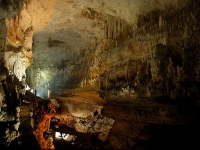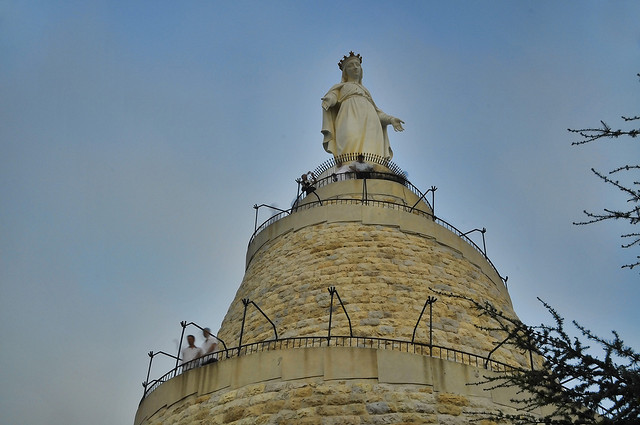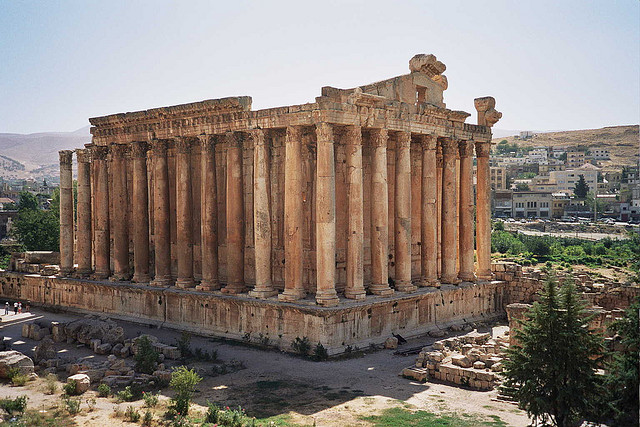
Undoubtedly Lebanon's premier sight, the Jeita Grotto is a must-see tourist attraction. Located just 14 miles (about 22km) from Beirut, the Jeita Grotto is an underground complex consisting of two separate, but connected, limestone caves, spanning an overall length of 5.6 miles (about 9km).Situated in the Nahr al-Kalb river valley, the caves are accessible by boat and house a series of limestone concretions shaped for millennia into unique formations, sizes, and colours. Known as 'Mother Nature's Masterpiece', the Jeita Grotto also features an incredible upper gallery.The upper gallery is accessible via walkways carved into the natural rock where travellers can observe the world's largest stalactite. A finalist in the New 7 Wonders of Nature competition, no holiday in Beirut would be complete without checking out these extraordinary caves.
Website : www.jeitagrotto.com

Our Lady of Lebanon is a bronze statue of the Virgin Mary, painted white for added splendour. It dates back to the early 20th century, erected on a hill overlooking the beautiful Bay of Jounieh. A major Lebanese pilgrimage site, the statue is also a roundly-celebrated tourist attraction.Towering 2,130 feet (650m) above sea level, unforgettable views unfurl at sunset when the western sky darkens over the sea. An added benefit is the cable car system, offering thrilling and affordable rides up the pine-forested mountain towards the shrine.Those looking to make a day out of their trip to see Our Lady of Lebanon can also walk up the steep hillside, about 5.5 miles (9km) from the town of Jounieh to Harissa at the summit. Jounieh is located just 12.5 miles (about 20km) north of Beirut, considered an obligatory stop for holidaymakers in Lebanon.
Address : Harissa, Lebanon

A UNESCO World Heritage Site, the temple complex found at Baalbek contains the world's best surviving example of imperial Roman architecture. The small town in Lebanon's Beqaa Valley is just 53 miles (86km) from Beirut.An ancient area rich in history, it was known as Heliopolis, meaning 'City of the Sun', during the Hellenistic Period. Today, the towering, intricately-carved monuments of Baalbek continue to amaze and delight visitors to the region.Even for non-history buffs, a visit to the acropolis at Baalbek is deeply fascinating. It represents a confluence of exquisitely-preserved Greco-Roman architecture built over the course of two centuries.Consisting of 24 monoliths, numerous religious structures, and the grand Temple of Jupiter, the temples of Baalbek are an essential inclusion in any Lebanese travel itinerary. Moreover, the town of Baalbek is a wonderful place to stop over and rest for a few days on your Middle Eastern adventure.

Travel Guide powered by Word Travels, copyright © 2023 Globe Media Ltd. By its very nature information in this travel guide is subject to change at short notice and travellers are urged to verify information on which they're relying with the relevant authorities. Neither Globe Media Ltd nor Travel Vogue can accept any responsibility for any loss or inconvenience to any person as a result of information contained above.